Hsp Disease In Child
Hsp disease in child. Usually HSP affects a child shortly after an upper respiratory infection has resolved. The disease is characterized by abnormal deposits of immunoglobulin A an antibody in the blood vessels leading to their inflammation vasculitis. Henoch-Schonlein Purpura HSP is the most common systemic vasculitis in childhood.
Henoch-Schönlein purpura HSP affects the blood vessels and causes a spotty rash. Key points about Henoch-Schönlein purpura in children Henoch-Schönlein purpura HSP is a condition that involves swelling inflammation of small blood vessels. Henoch-Schonlein purpura HSP is a common IgA-mediated small vessel vasculitis of childhood that affects several systems.
Its one of the most common forms of vasculitis in children and boys get it about twice as often as girls. There is a similar incidence in males and females. It can affect any organ of the body.
The main symptom of HSP is a rash of raised red or purple spots. The spots look like small bruises or blood spots. HenochSchönlein purpura HSP is the most common vasculitis in children in whom prognosis is mostly dependent upon the severity of renal involvement.
The hallmark symptom of HSP is a raised purple-colored rash on the lower legs and buttocks. Henoch-Schönlein purpura HSP a primary vasculitis characterized by purpura abdominal pain arthritis and renal involvement is predominantly a disease of childhood. HSP can occur secondary to upper respiratory tract infections medications vaccinations and malignancies.
It occurs most commonly in children ages 2-6 although it can occur at any age. Henoch-Schonlein purpura HSP also called immunoglobulin A vasculitis IgAV is a vascular disease that primarily affects small blood vessels. Henoch-Schönlein purpura happens much more often in kids than in adults usually between ages 3 and 10.
Henoch-Schönlein purpura HSP is a form of vasculitis a condition that involves inflammation of the blood vessels. The spots of the rash can look like bruises.
HSP can occur secondary to upper respiratory tract infections medications vaccinations and malignancies.
Henoch-Schonlein purpura HSP is a common IgA-mediated small vessel vasculitis of childhood that affects several systems. It can affect any organ of the body. The hallmark symptom of HSP is a raised purple-colored rash on the lower legs and buttocks. HSP is the most common form of vasculitis in childhood and affects about 20 in 100000 children. It is characterised by a tetrad of dermatological abdominal joint and renal manifestations. Henoch-Schönlein purpura happens much more often in kids than in adults usually between ages 3 and 10. The swollen blood vessels leak into the skin joints intestines and kidneys. HSP is the most common form of vasculitis in children with an annual incidence on the order of 140 casesmillion persons. The spots of the rash can look like bruises.
Its one of the most common forms of vasculitis in children and boys get it about twice as often as girls. HSP is the most common small vessel vasculitis of childhood. The spots look like small bruises or blood spots. It occurs most commonly in children ages 2-6 although it can occur at any age. The mean age at presentation is 6 years and it generally affects children aged 2-10 years. Henoch-Schonlein purpura HSP is a common IgA-mediated small vessel vasculitis of childhood that affects several systems. However rarely it can occur in adults in whom it is believed to be a more severe form with poor renal outcomes.
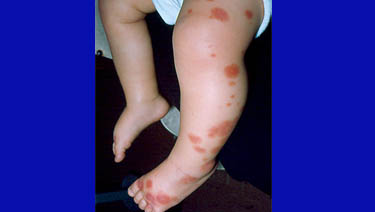

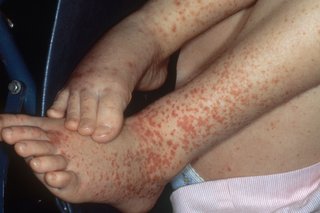



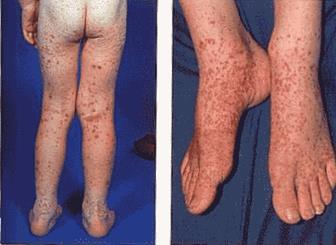
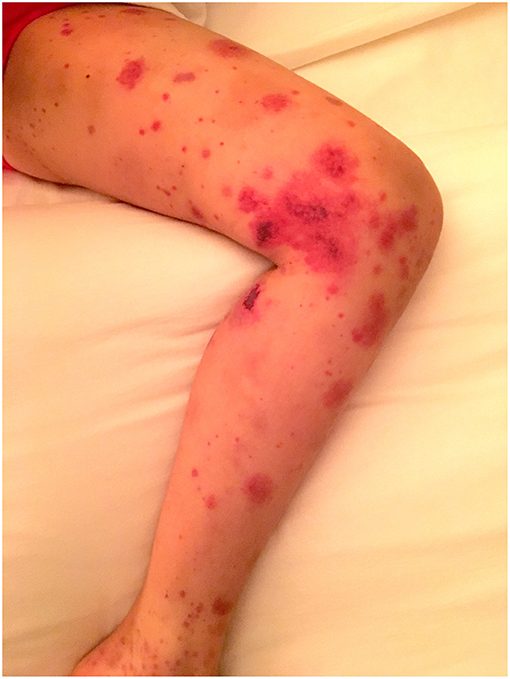

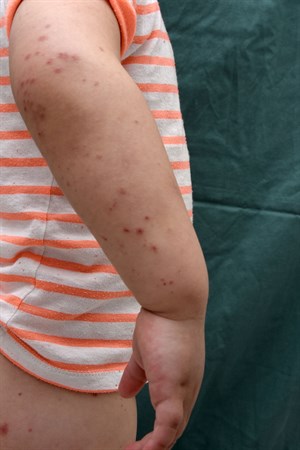


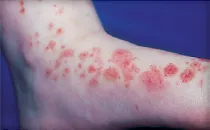
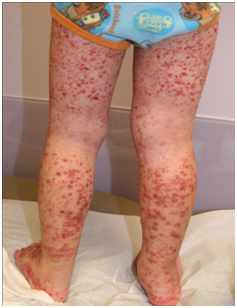
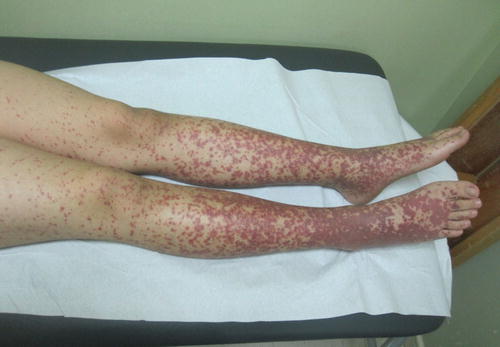

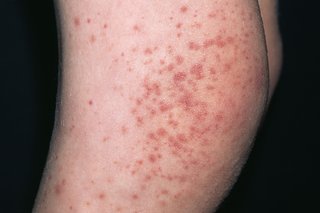
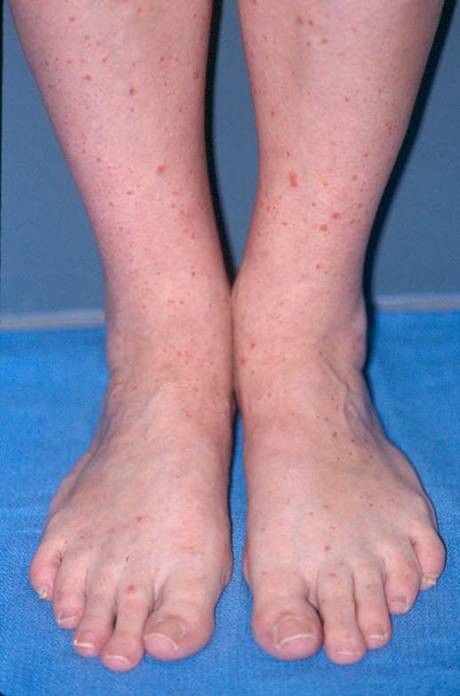
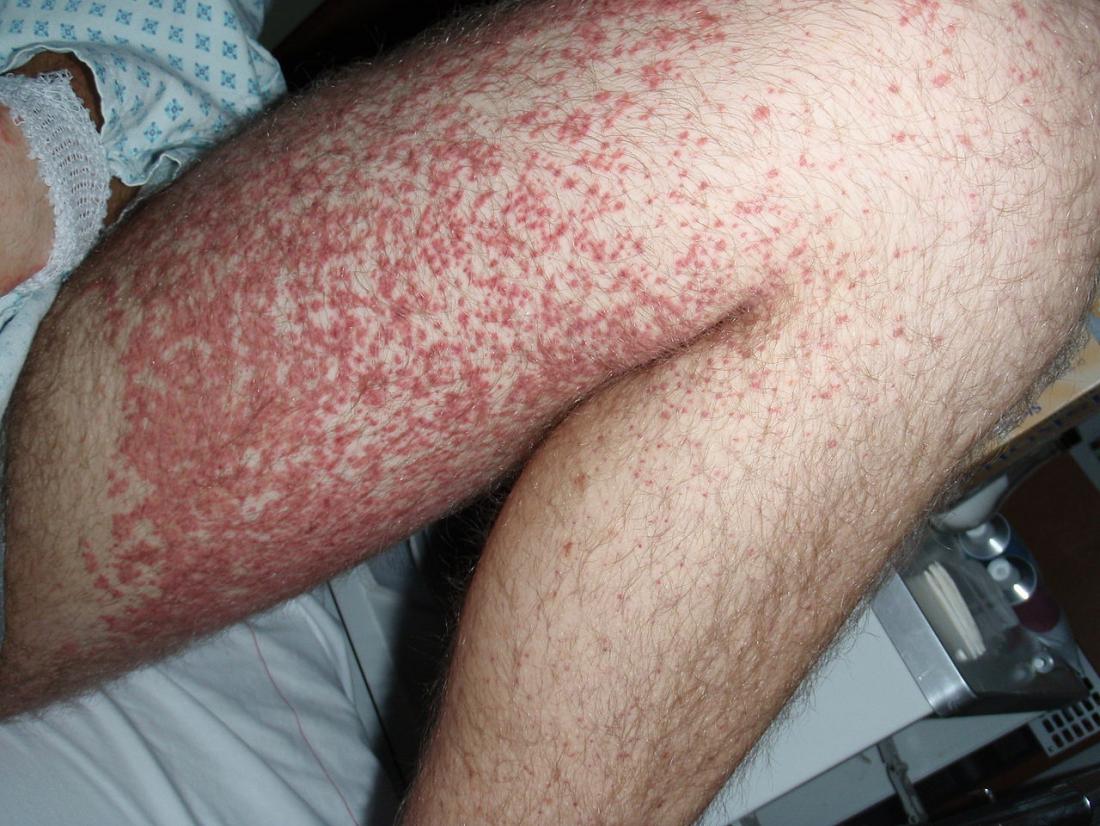

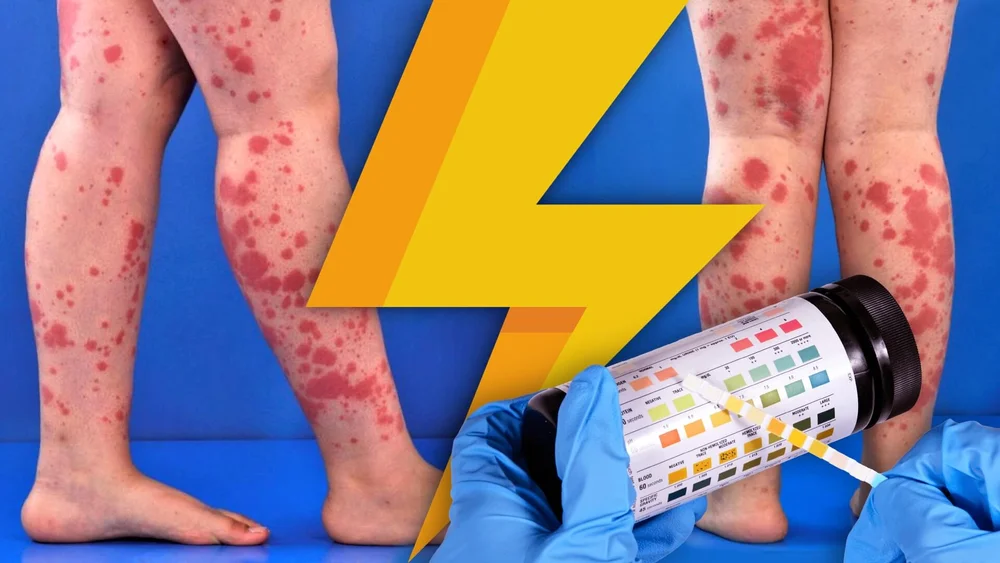


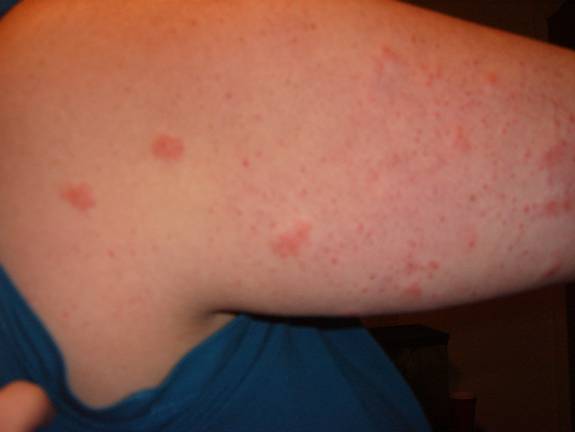



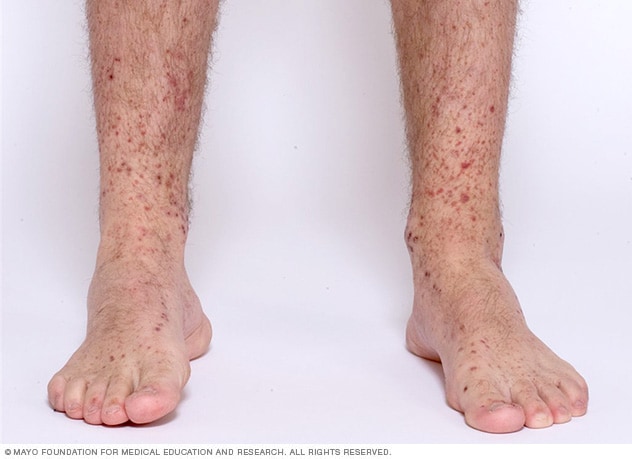


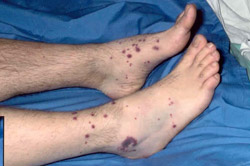


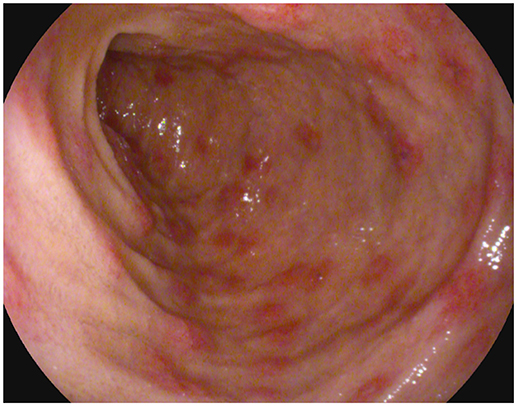

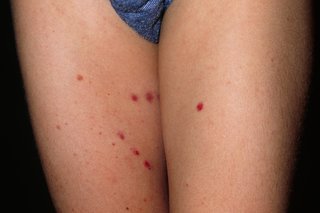
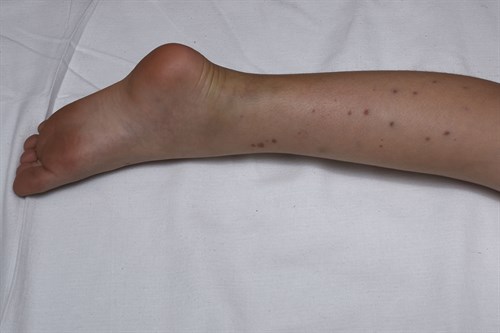

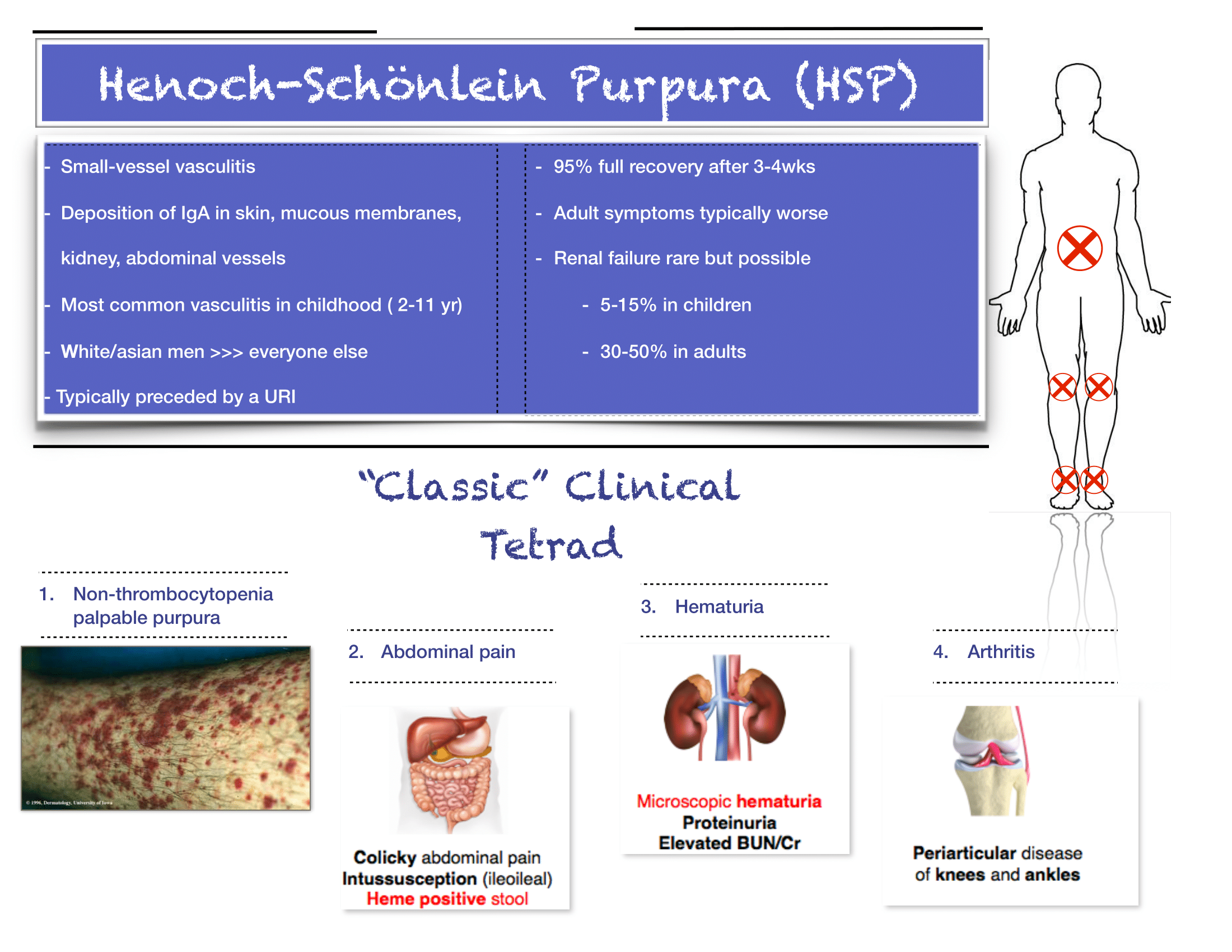
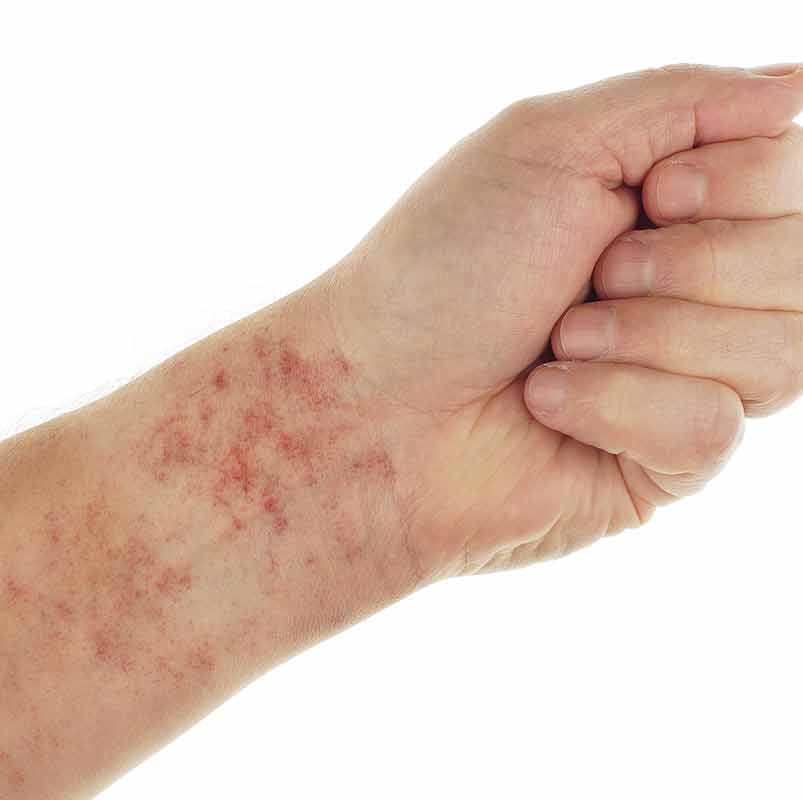

Post a Comment for "Hsp Disease In Child"